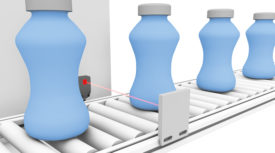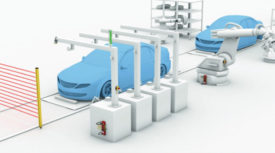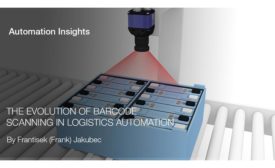Sensing Insights
Sponsored Content
Exploring the Significance of CIP Safety in Automation Protocols
March 8, 2024
Sponsored Content
Boosting Sensor Resilience in Welding With Self-Bunkering Inductive Proximity Sensors
March 8, 2024
Sponsored Content
Standardizing Sensors and Cables for Improved End-User Experience
December 5, 2023
Sponsored Content
From Wired to Wireless Automation Advancements in Automotive Manufacturing
December 5, 2023
Sponsored Content
Enhancing Manufacturing Efficiency: OEE Measurement Through Sensors
December 5, 2023
Sponsored Content
The Evolution of Barcode Scanning in Logistics Automation
October 26, 2023
Sponsored Content
Driving Efficiency and Reliability in Automotive Manufacturing
October 26, 2023
Sponsored Content
Comparing IO-Link and Modbus Protocols in Industrial Automation
October 26, 2023
Never miss the latest news and trends driving the manufacturing industry
Stay in the know on the latest assembly trends.
JOIN TODAY!Copyright ©2024. All Rights Reserved BNP Media.
Design, CMS, Hosting & Web Development :: ePublishing








